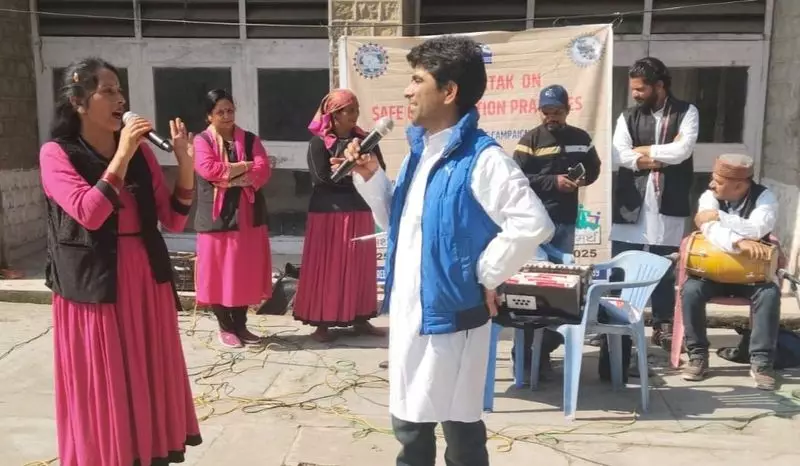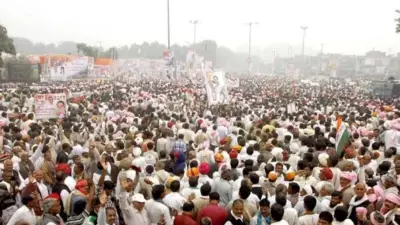
In a significant move toward building a safer future, Mandi district in Himachal Pradesh has launched a comprehensive disaster risk reduction initiative that's setting new benchmarks for regional safety protocols.
Proactive Measures for Seismic Safety
The district administration, under Deputy Commissioner Arindam Chaudhary's leadership, has prioritized earthquake preparedness as Mandi falls in seismic zone IV. The strategy includes systematic structural safety assessments of critical buildings including schools, hospitals, and government offices to ensure they can withstand seismic events.
Flood Prevention Takes Center Stage
With Mandi's vulnerability to flash floods during monsoon season, the administration has implemented advanced early warning systems along riverbanks. Regular monitoring of water levels and coordinated evacuation drills are now standard practice, significantly enhancing community resilience against natural disasters.
Community-Centric Approach
What sets Mandi's initiative apart is its grassroots involvement. The program actively engages local communities through:
- Comprehensive awareness campaigns in vulnerable areas
- Regular disaster management training sessions
- Community-based early warning systems
- Local volunteer emergency response teams
Multi-Agency Collaboration
The disaster management framework brings together various stakeholders including the State Disaster Management Authority, local administration, and community leaders. This collaborative approach ensures seamless coordination during emergencies and maximizes resource utilization for prevention and response.
Mandi's proactive stance on disaster risk reduction serves as a model for other Himalayan regions facing similar environmental challenges, demonstrating that preparedness today can save countless lives tomorrow.





